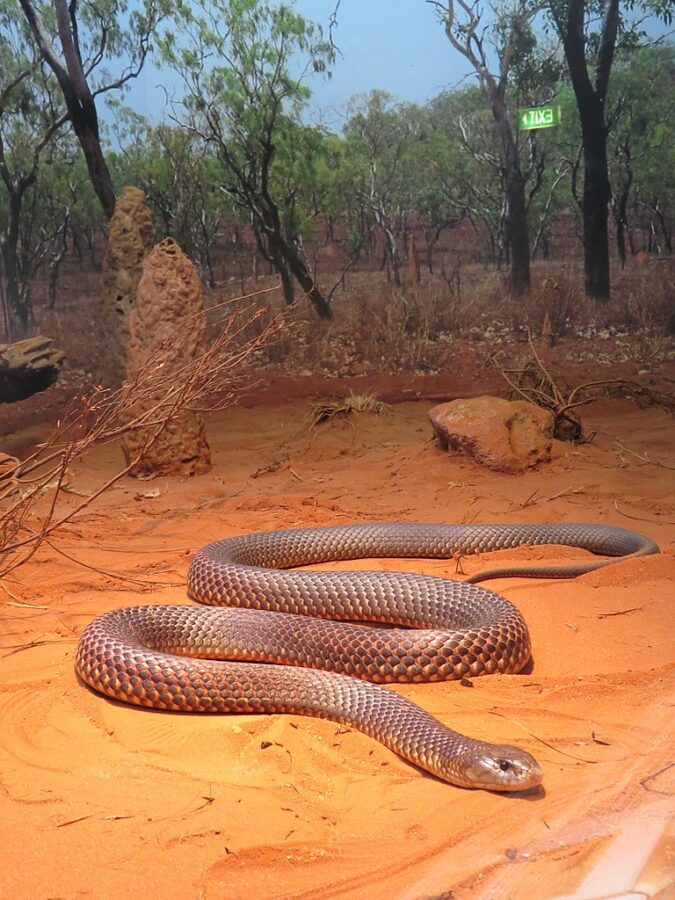When it comes to the world of serpents, ‘Brown Snakes’ might sound a tad general. But fret not, today we’re here to clear up the confusion. In the critter cosmos, two primary species proudly carry the ‘Brown Snake’ tag. One makes its humble abode in the eastern areas of the United States. These chaps are small, devoid of venom, and have a particular fondness for insects and small critters. However, a world away, their Australian counterparts, sporting the same tag, don a more menacing persona, reigning as one of the most venomous snakes out there. We even have a third contender, the Australian King Brown Snake, but let’s keep our focus on the ‘true’ brown snakes for today.
The Widespread Misidentification

The harmless brown snake often tends to be the victim of mistaken identification. Frequently confused with the perilous copperhead, they are unjustly targeted and usually end up paying with their lives. Closer inspection would reveal vivid differences between the two, but let’s face it, nobody sticks around for an inspection when they spot something slithering! Our little brown friends are akin to small garter snakes, with a usual length around 6 inches, although some can grow up to a foot. Their color palette varies from dark brown to a muted grayish brown along with dark spots lining their back and a light stripe on the side, a pinkish belly completes their ensemble.
Brown Snakes: The Unofficial City-slickers

Yes, you heard it right! Brown snakes have quite an affinity for urban spaces, often finding homes in residential zones. Protection status eludes them since these brown reptiles are not considered threatened, despite perceived dwindling numbers. Now, if they feel cornered or if humans try to handle them, they have their unique defense mechanism – an unpleasant musk that’s more repelling than an actual threat. Although capable of a bite, it’s a rare occurrence and harmful effects on humans are virtually non-existent.
A Quirk For The Cool

Now, here’s something interesting: our slithery friends have quite an affinity for cooler climates. They usually hunt in the dead of night during summer seasons, rarely venturing out in the blistering daytime heat. However, despite preferring cooler climes, you’re less likely to spot them in higher elevations, as they seem to be quite fond of the sea level life.
Welcoming the Brown Guests

Living alongside the eastern seaboard and have a cluttered yard? Chances are you might have a brown snake or two taking shelter on your property. Despite their grim reputation, they’re fascinating companions to have as they pose no threat to us. In fact, they can even be beneficial in controlling the populations of pests like insects, worms, larvae, and slugs, among others.
Keeping The Brown Ones

They can be domesticated to an extent, providing both, an intriguing and harmless pet for the reptile enthusiasts. Familiarity with their human captors can vary greatly, ranging from comfortable handling to a full-blown musk and poop defense mechanism if bothered. So, rest easy! We may have venomous and non-venomous species donning similar shades of brown, but our ‘Brown Snakes’ are the good guys and make for interesting additions to the animal kingdom.
Further Reading: